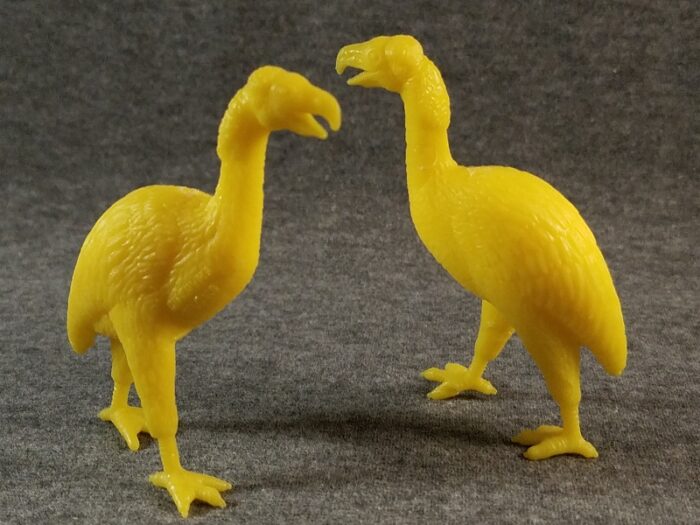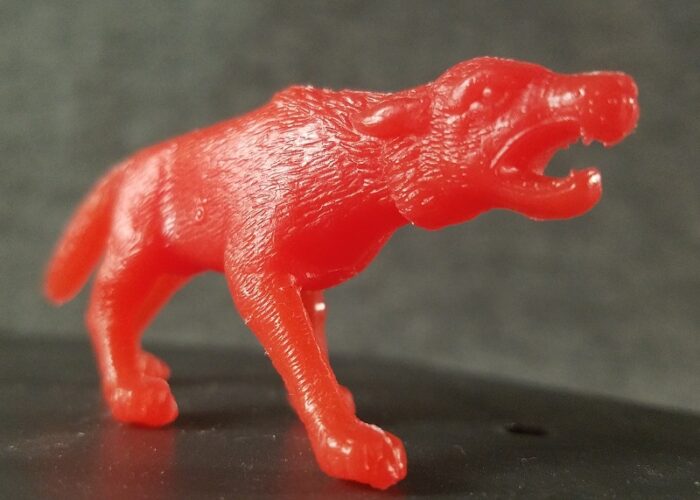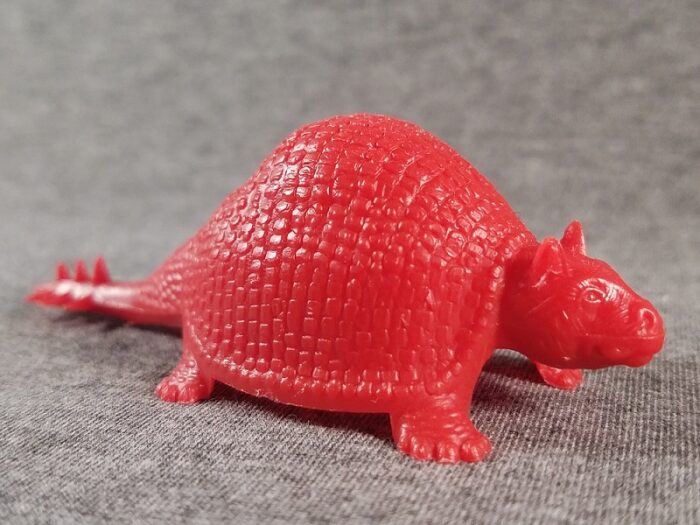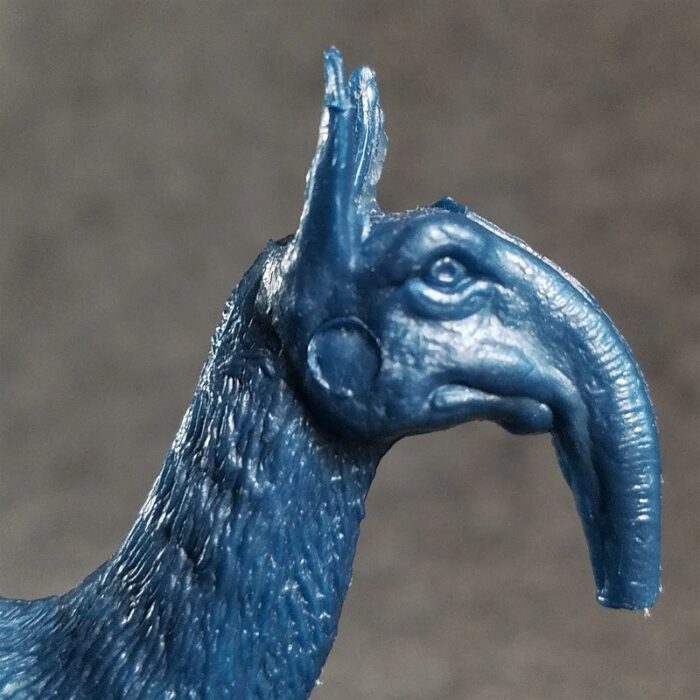This classic little sauropod is best viewed today as a relic, a curious piece of memorabilia nestled between more interesting figures which came before and after it.
If you were to ask a veteran toy collector about vintage dinosaurs, you’d probably hear Marx cited first. Marx was a pioneer in the 1950s, producing the first-ever widespread plastic dinosaurs for kids (and maybe their parents).









